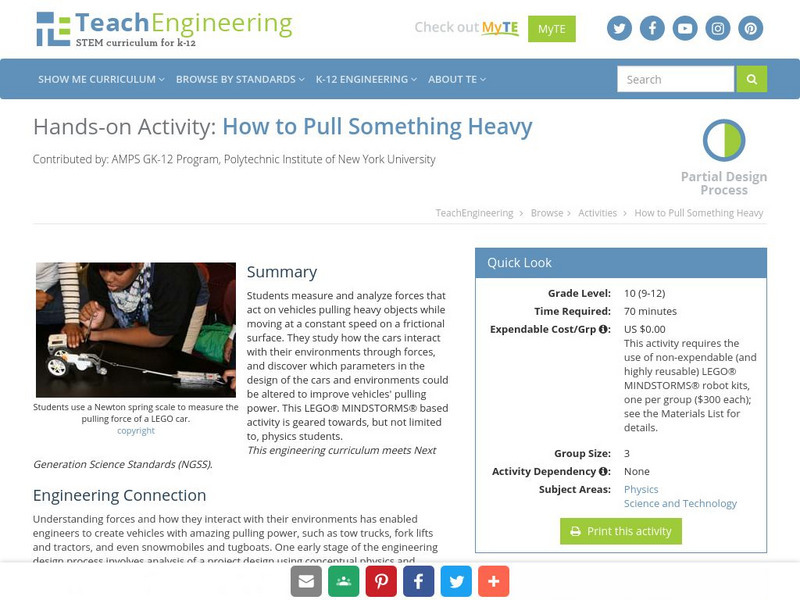TeachEngineering
Teach Engineering: Physics of Roller Coasters
Students explore the physics utilized by engineers in designing today's roller coasters, including potential and kinetic energy, friction, and gravity. First, students learn that all true roller coasters are completely driven by the...
TeachEngineering
Teach Engineering: What Works Best in a Radiator?
Students learn the importance of heat transfer and heat conductance. Using hot plates, student groups measure the temperature change of a liquid over a set time period and use the gathered data to calculate the heat transfer that occurs....
TeachEngineering
Teach Engineering: Move It!
Mechanical energy is the most easily understood form of energy for students. When there is mechanical energy involved, something moves. Mechanical energy is a very important concept to understand. Engineers need to know what happens when...
TeachEngineering
Teach Engineering: From Sunlight to Electric Current
The lesson will first explore the concept of current in electrical circuits. Current will be defined as the flow of electrons. Photovoltaic (PV) cell properties will then be introduced. This will lead to the principle of "Conservation of...
TeachEngineering
Teach Engineering: Energy on a Roller Coaster
This activity utilizes hands-on learning with the conservation of energy and the interaction of friction. Students use a roller coaster track and collect position data. The students then calculate velocity, and energy data. After the...
TeachEngineering
Teach Engineering: What's Hot and What's Not?
With the help of simple, teacher-led demonstration activities, young scholars learn the basic physics of heat transfer by means of conduction, convection, and radiation. They also learn about examples of heating and cooling devices, from...
TeachEngineering
Teach Engineering: A Simple Solution for the Circus
In this activity, students are challenged to design a contraption using simple machines to move a circus elephant into a rail car. After students consider their audience and constraints, they work in groups to brainstorm ideas and select...
CK-12 Foundation
Ck 12: Physical Science: Internal Combustion Engines
[Free Registration/Login may be required to access all resource tools.] Explains what an internal combustion engine is, how it works, and how kinetic energy from the engine turns the wheels of a car.
University of Houston
University of Houston: Engines of Our Ingenuity
The Engines of Our Ingenuity is a radio program that tells the story of how our culture is formed by human creativity. The program uses the record of history to reveal the way art, technology, and ideas have shaped us. Episode topics...
Science Buddies
Science Buddies: The Viscosity of Motor Oil
The insides of a car engine get very hot when the engine is running. Motor oil lubricates the moving parts, to keep the engine operating smoothly. Learn what happens to motor oil as the engine temperature goes up.
Science4Fun
Science4 Fun: Car
Illustrated discussion of the first car in 1769, the first practical car by designer Karl Benz in 1885, and the invention of combustion engines.
Other
Bloodhound Ssc: Engineering Adventure
An engineering adventure for registered schools that allows students to participate in the research, design, building and testing of a car. Registration for schools is free and gives teachers access to school resources and lesson plans.
Other
National Renewable Energy Laboratory: Junior Solar Car Competition
A design challenge through which students design and construct a solar-powered model car to compete in a road race. Students work in teams using the engineering design process to select the optimal gear ratio and components.
PBS
Pbs Kids: Design Squad Challenge: Rubber Band Car [Pdf]
Hands-on challenge to build a car using a rubber band and only two wheels that can go really fast and far. Provides full list of materials with ideas on how to design, build, and test and redesign. Activity focuses on the engineering...
NBC
Science of Innovation: Self Driving Cars
This tutorial includes a video filmed at Google headquarters in Mountain View, California, computer scientist Sebastian Thrun and his team of software engineers are creating a fleet of self-driving cars. His innovative approach to...
Physics Games
Physics Games: Car Drawing Physics
By only drawing a single line, allow a car to reach the finish line and avoid obstacles.
Physics Classroom
The Physics Classroom: Momentum/collisions: Diesel Engine and Flatcar Collision
This animation portrays the inelastic collision between a very massive diesel and a less massive flatcar. After the collision, both move together with the same velocity. Students can figure out the after-collision velocity of the two...
Science Buddies
Science Buddies: You've Got Permission to Be a Backseat Driver!
You can see what happens to your car's fuel efficiency when it takes you downtown to see a movie, up a hill for a great view, or out for a cruise on a flat country road. This is because a car's fuel efficiency does not remain the same...
PBS
Pbs Teachers: Scientific American: Future Car: Model Car Design 5 8
Explore the fields of engineering and automobile design. Construct from a variety of materials a model of a vehicle that travels the greatest distance on balloon power.
TeachEngineering
Teach Engineering: Red Light, Green Light
Building upon their understanding of forces and Newton's laws of motion, students learn about the force of friction, specifically with respect to cars. They explore the friction between tires and the road to learn how it affects the...
PBS
Pbs Learning Media: The Impact of Technology: Cars
This video segment adapted from A Science Odyssey looks at the invention of the automobile and the development of mass production. [4:21]
City College of New York
City Technology: Fantastic Elastic
Explore engineering technology with this unit. Students will study how to design and execute two types of homemade vehicles using elastic.
TeachEngineering
Teach Engineering: How a Hybrid Works
In Lesson 4, students conclude the Research and Revise step of the Legacy Cycle, as they investigate different forms of hybrid engines as well as briefly conclude a look at the different forms of potential energy. Students apply basic...
TeachEngineering
Teach Engineering: How to Pull Something Heavy
Students measure and analyze forces that act on vehicles pulling heavy objects while moving at a constant speed on a frictional surface. They study how the cars interact with their environments through forces, and discover which...
Other popular searches
- Reading About First Engine Car
- Car Engine Model
- Car Lisle Engineered Products
- Car Engine Plans
- Car Engine Diagram
- Two Stroke Car Engine
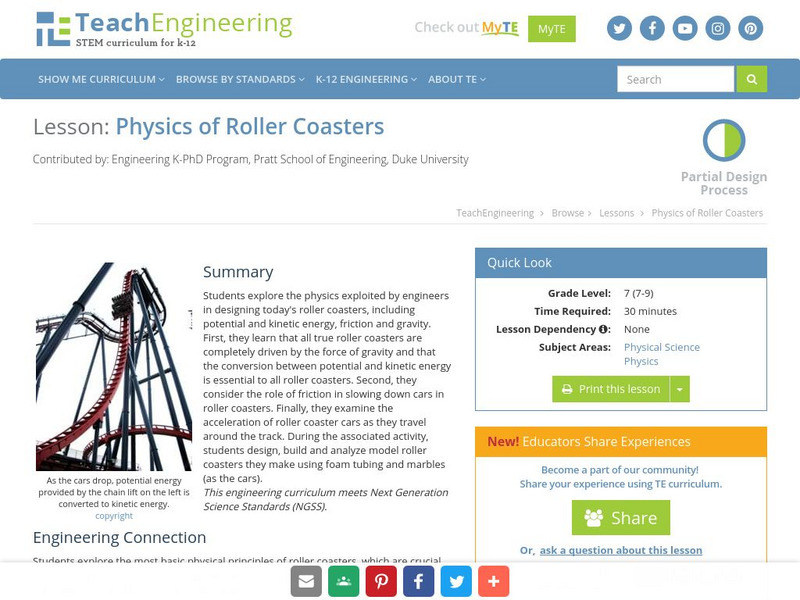
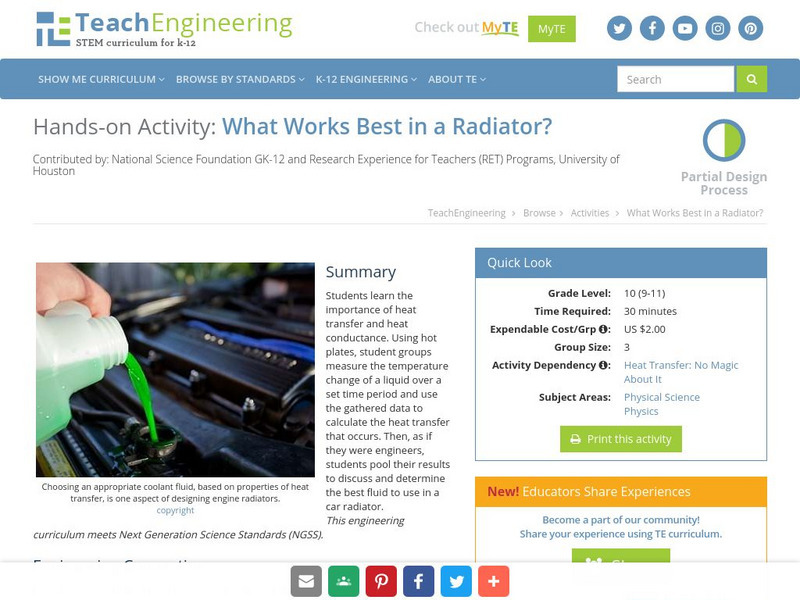
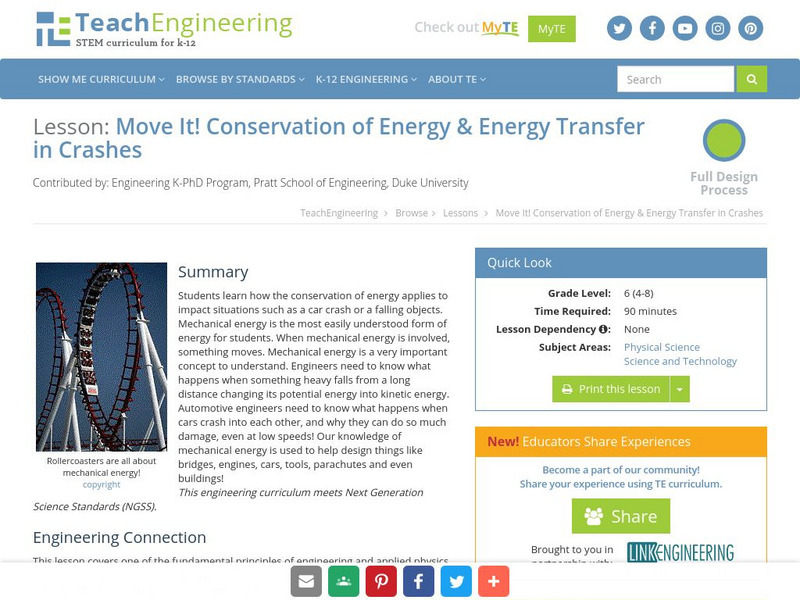

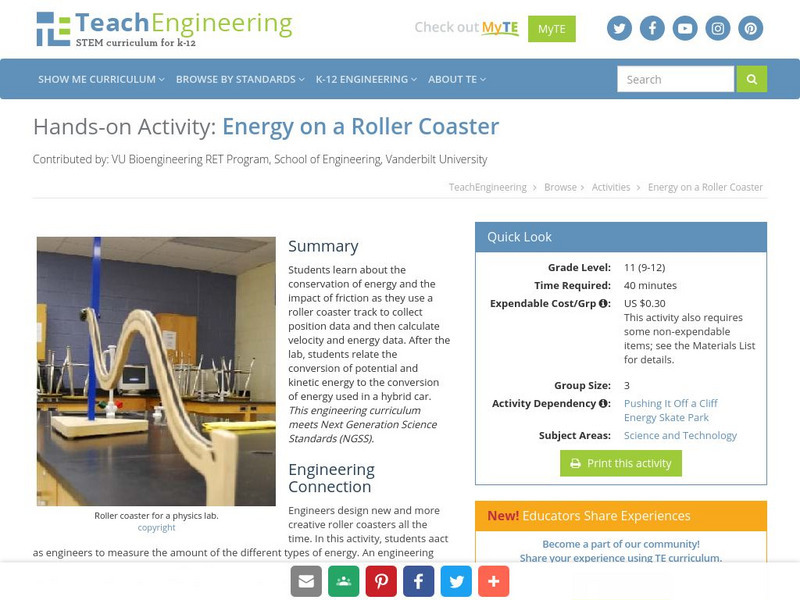
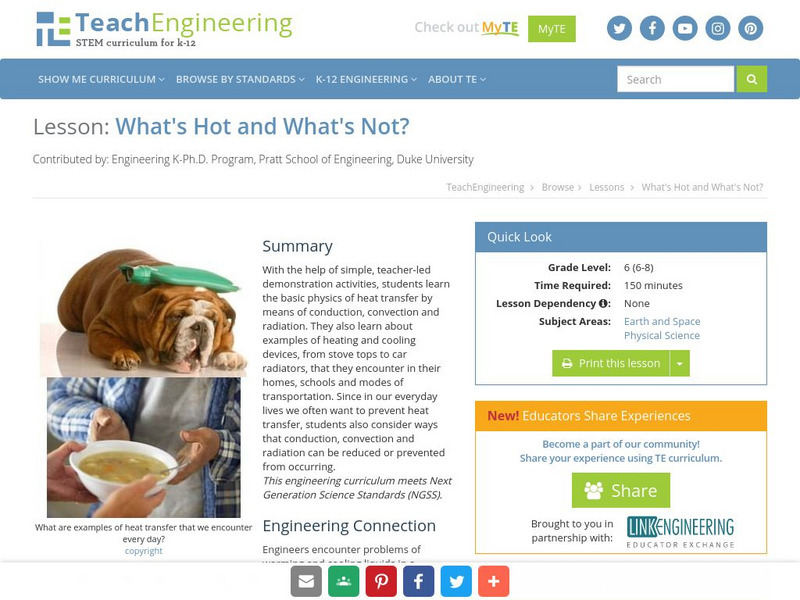
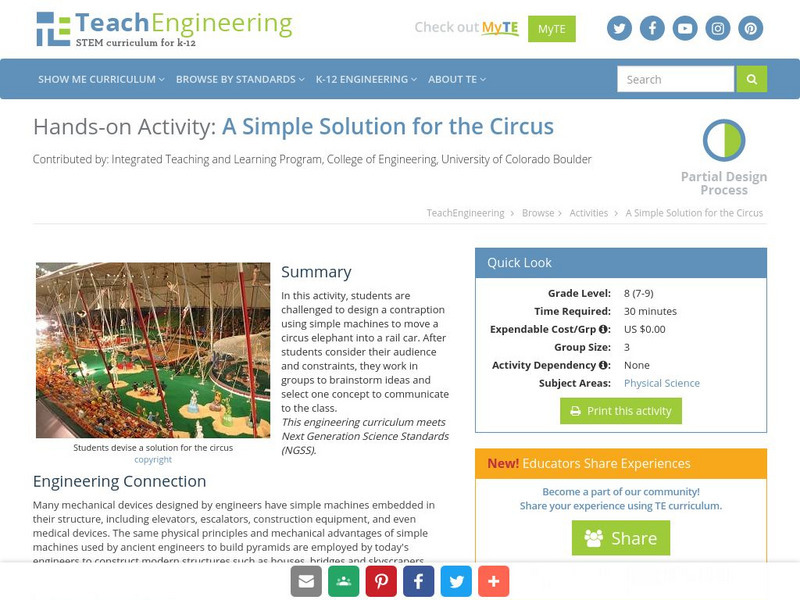
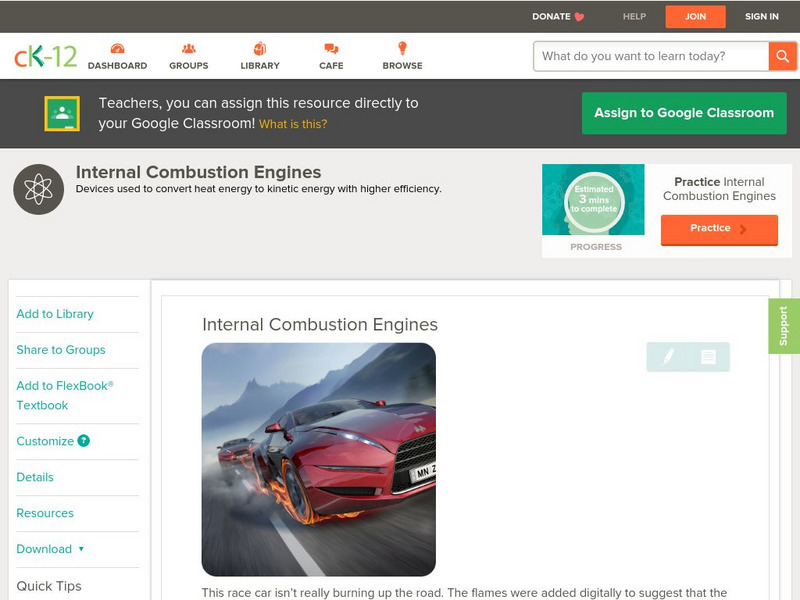




![Pbs Kids: Design Squad Challenge: Rubber Band Car [Pdf] Handout Pbs Kids: Design Squad Challenge: Rubber Band Car [Pdf] Handout](https://content.lessonplanet.com/knovation/original/39882-71214195b4578f7495a86da537e455ab.jpg?1661244865)





